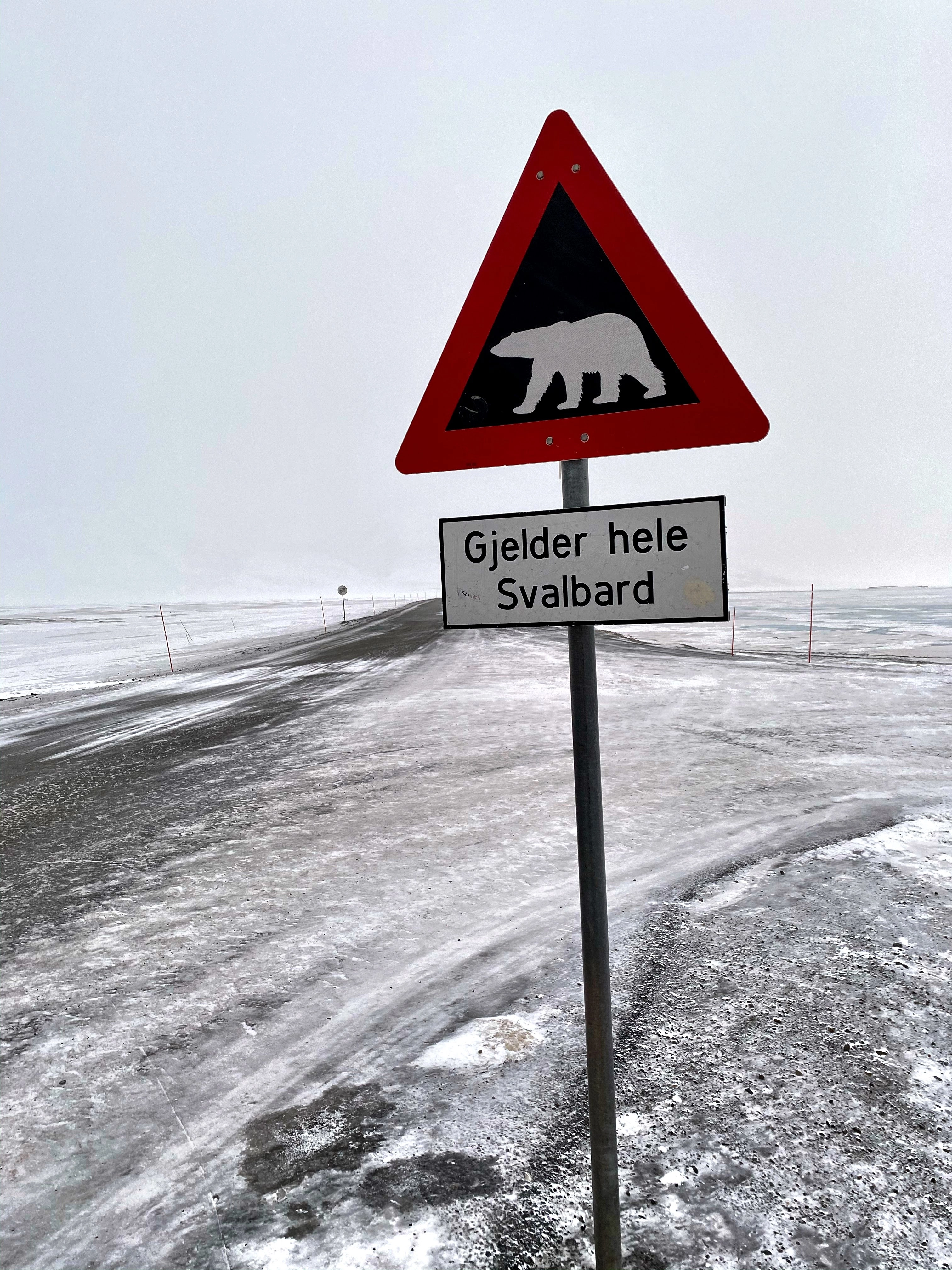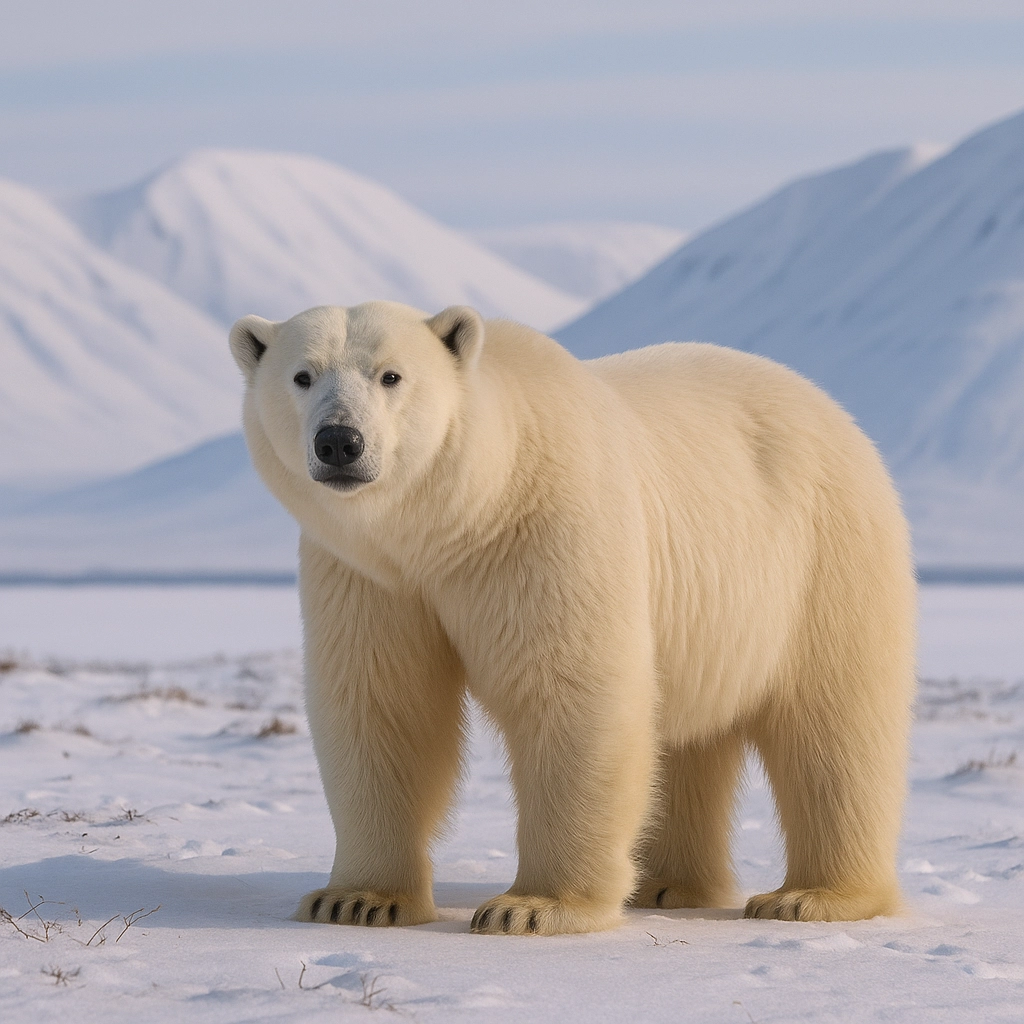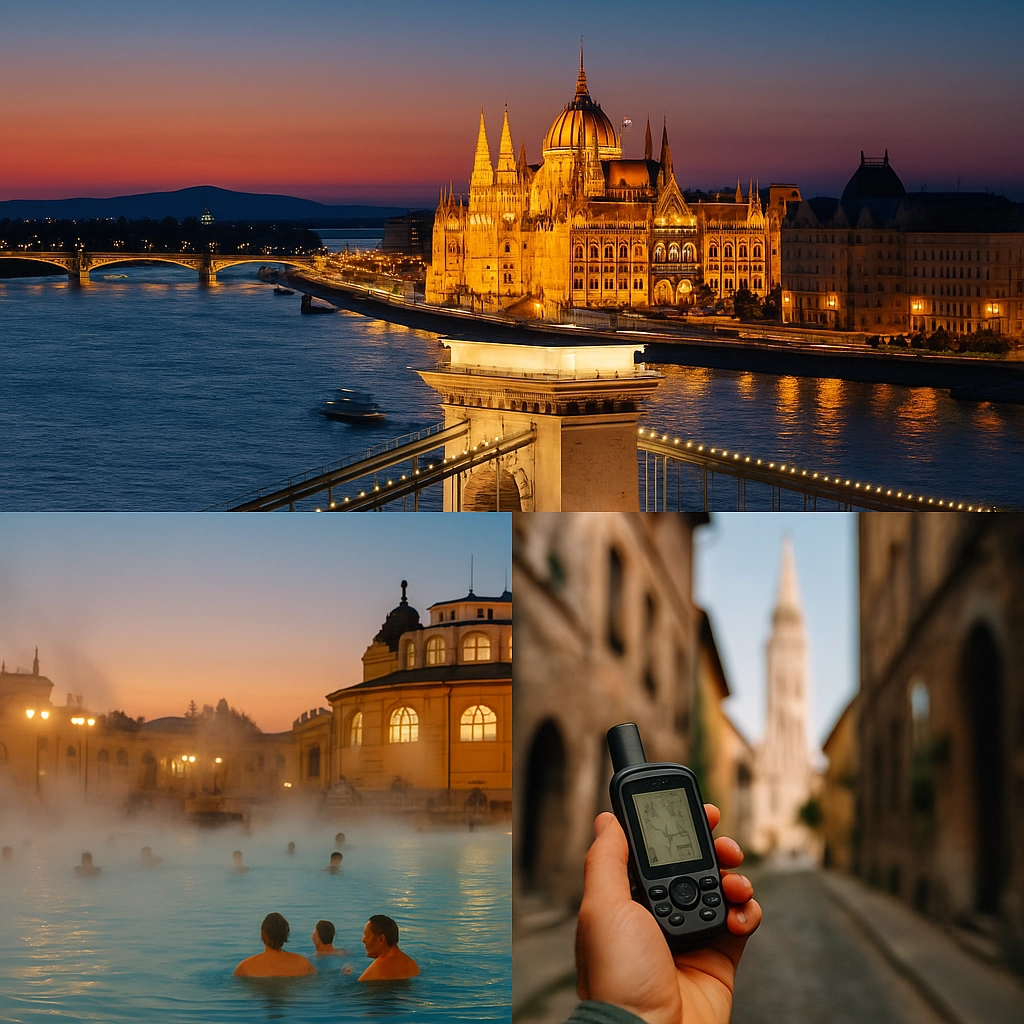✈️ Getting to Svalbard
Reaching Svalbard is easier than you might think. The main gateway is via Oslo or Tromsø, with daily flights operated by SAS and Norwegian Air to Longyearbyen Airport (LYR). It's recommended to plan your travel in advance, especially in winter or peak summer seasons. And yes—bring your passport, even if you're traveling from mainland Norway.
Svalbard isn’t the kind of place you just happen to visit. Perched high in the Arctic Ocean between mainland Norway and the North Pole, this remote archipelago offers raw Arctic nature, polar bears, glaciers, and the surreal light of the midnight sun—or months of polar night. I’ve been fortunate enough to visit three times, with my last trip happening just before the world paused in early 2020.
A Brief History of Svalbard
Svalbard has a long and fascinating history that reflects its Arctic isolation and strategic importance. First mentioned in Icelandic texts from the 12th century, the archipelago was officially discovered by Dutch explorer Willem Barentsz in 1596. Over the centuries, it became a base for Arctic whaling, coal mining, and scientific expeditions. In 1920, the Svalbard Treaty granted Norway sovereignty over the islands, while also allowing other signatory nations certain rights to engage in economic activities. Today, Svalbard is governed by strict environmental laws and plays a key role in climate change research and Arctic geopolitics.

🧭 Geocaching in Svalbard: A Remote Treasure Hunt
For geocachers, Svalbard is a unique and rewarding destination. Longyearbyen, the world’s northernmost town, is a miniature metropolis by Arctic standards—and thanks to the Virtual Rewards program, it has become a hidden gem for geocaching enthusiasts. Virtual Caches, EarthCaches, and traditional geocaches dot the snowy landscape, many within walking distance in town.
🏘️ Longyearbyen: A Colorful Arctic Surprise
With a population of around 2,500, Longyearbyen might be small, but it’s full of character. Picture rows of colorful wooden houses set against dramatic white mountains, with locals biking through the snow at -20°C. The town boasts a university (UNIS), the world’s northernmost brewery, museums, and inviting cafés—all offering warmth and a strong sense of community in the frozen north.
For geocachers? It’s a compact but thrilling arena of Arctic geocaching adventure.
📍 GC7B9MR – The Hospital Stairs: A Geocache with a Story
One of my favorite geocaches on Svalbard is GC7B9MR – Hospital Stairs, a Virtual Cache that connects local culture and history. This reconstructed wooden staircase honors a tradition where nurses and patients would climb the stairs on March 8th to welcome the sun after the long polar night. Today, it’s both a symbolic landmark and a memorable smiley for anyone logging this cache.
❄️ Winter Caching in Longyearbyen: Cold, but Worth It
My last trip was in the heart of winter—and I mean Arctic winter. Temperatures can plunge below -25°C, and the wind cuts through even the thickest gear. Yet Longyearbyen’s snow-covered streets are compact and navigable, and caching here in the frozen dark is a one-of-a-kind experience.
Pro tips for winter geocaching in Svalbard: Dress in multiple insulating layers, carry chemical hand warmers, and keep your GPS device close to your body—batteries drain rapidly in the cold. And don’t forget to log your finds before your fingers go numb!
🐻❄️ Yes, There Are Polar Bears
Svalbard is one of the few places where you must consider polar bears while geocaching. Within Longyearbyen, it’s generally safe, but bears occasionally wander close to town. Outside the settlement, carrying a rifle is mandatory by law—and signs at the city limits clearly warn: Do not leave without protection. In fact, these are probably the only geocaches in the world where you can be fined for not bringing a weapon along.

Even short hikes to caches outside town require preparation and, ideally, a local guide. It’s part of what makes caching here so extraordinary.
🔁 Why I’ll Keep Coming Back to Svalbard
From Arctic fox sightings and reindeer stew to eerie silence and northern lights, Svalbard leaves a lasting impression. Every visit brings new geocaching stories, unforgettable sights, and a deeper appreciation for life in the high north.
I’m already dreaming of my next polar expedition—hopefully in a post-pandemic world where travel feels easier. Who knows what new Arctic geocaches will await?





Comments